Comments / Questions (13)
![]() Gemma wrote:
Gemma wrote:
Goedenavond, ik maak Drops 207-28 in maat L. Ik zit te puzzelen met de Pas. Ik interpreteer de uitleg en het telpatroon als volgt: als ik A1a/A2a drie maal herhaal en dan een toer haak met A1b/A2b dan zijn dat in totaal 7 toeren. Terwijl ik lees dat ik voor maat L eerst 7 toeren 16 steken moet meerderen en daarna 8 toeren 8 steken moet meerderen. \r\nHet kan niet anders dan dat ik iets verkeerd interpreteer maar ik weet niet waar. Kunt u mij adviseren? Alvast dank!
19.12.2021 - 20:16DROPS Design answered:
Dag Gemma,
Je meerdert eerst 7 keer in totaal 16 steken en dan 8 keer 8 steken, dat zijn in totaal 15 toeren. Als A.1a/A.2a in totaal 3 keer in de hoogte zijn gehaakt heb je in totaal 9 toeren gehaakt. Dan ga je allen verder met A.1b/A.2b, dus dit patroon herhaal je steeds in de hoogte en je moet dan dus nog 6 keer meerderen.
20.12.2021 - 16:40
![]() ISABELLE CARPENTIER wrote:
ISABELLE CARPENTIER wrote:
Bonjour, augmentation raglan: A1aA2a 3 rangs 3 fois en hauteur soit 9 rgs "augmenter 7 fois 16 mailles soit 7X16=112 aug ensuite "augmenter 7 fois 8 mailles" les 2 dern rgs de A1aA2a 2X8=16 aug Puis A1bA2b soit 1rg? donc 1 fois 8 mailles= 8 aug Total 136 augmentations plus mes 80 mailles de départ =216 mailles je n'arrive pas au 248 brides demandées Merci de m'aider
16.12.2020 - 12:04DROPS Design answered:
Bonjour Mme Carpentier, en taille M vous devez augmenter 7 fois 16 mailles (= on augmente 2 m avant chaque fil marqueur + 2 m après chaque fil marqueur) = 112 augmentations. Puis vous augmentez seulement 8 m (= 1 m avant chaque fil marqueur + 1 m après chaque fil marqueur) x 7 = 56 augmentations. Soit: 80+112+56=248 m. Bon crochet!
16.12.2020 - 14:03
![]() ISABELLE CARPENTIER wrote:
ISABELLE CARPENTIER wrote:
Bonjour, ce modèle 207-28 informe qu'il y a eu une correction en ligne le 23/10/2019 : "correction du texte sous RAGLAN" pouvez vous m'adresser cette correction? Merci par avance (j'ai adressé un e.mail à KALIDOU qui m'a dit de voir avec Nathalie de DROPS)
28.11.2020 - 14:26DROPS Design answered:
Bonjour Mme Carpentier, si vous avez imprimé les explications du modèle avant la date de la correction, il sera plus sage de les imprimer à nouveau, sinon, le modèle en ligne est déjà corrigé. Bon crochet!
30.11.2020 - 08:25
![]() Alessia wrote:
Alessia wrote:
Buon giorno, volendo realizzare la parte alta del maglione con una colorazione differente, approssimativamente quanto filato servirebbe per ciascun colore? Grazie in anticipo 🙂
13.11.2020 - 13:44DROPS Design answered:
Buongiorno Alessa, per un'assistenza così personalizzata può rivolgersi al suo rivenditore DROPS di fiducia. Buon lavoro!
13.11.2020 - 15:11
![]() Ilse wrote:
Ilse wrote:
Help, ik kom er niet uit. Ik moet bij de raglan meerderen, A1a/A2a doe ik in totaal 3 keer, dat zijn dan 9 toeren dan kom ik voor een maat M nooit uit op 248 steken. De stokjes moet ik toch niet meerderen, of lees ik alles heel verkeerd??
10.09.2020 - 16:16DROPS Design answered:
Dag Ilse,
Je meerdert in totaal 7 keer 16 steken (dus 4 steken bij elke raglan) op elke toer en daarna 7 keer 8 steken. Op die manier kom je in totaal op 248 steken. Je meerdert zowel in de toer met stokjes als in de vasten.
13.09.2020 - 11:02
![]() Helena wrote:
Helena wrote:
Hækles der med dobbelttråd?
06.01.2020 - 17:08DROPS Design answered:
Hej Helena, du hækler med enkelt tråd i DROPS Lima. God fornøjelse :)
31.01.2020 - 11:09
![]() Yasmijn wrote:
Yasmijn wrote:
Hoe moet ik meerderen bij de A.1/2. a en b? Er staat 'meerder 16 steken 6 keer'. Maar ik heb maar 80 steken op mijn toer. En 6 keer 16 steken meerderen zijn 96 steken ..
29.11.2019 - 20:56DROPS Design answered:
Dag Yasmijn,
Je meerdert 16 steken op de toer, dus 4 steken per raglan, aan elke kant van de markeerdraad meerder je 2 steken. (Zie ook 'RAGLAN' bij uitleg voor het patroon). Dit doe je 6 keer, daarna meerder je 8 steken in totaal op de toer, afhankelijk van je maat doe je dit 6-7-8-13-13-15 keer.
16.12.2019 - 12:54
![]() Christine wrote:
Christine wrote:
Bonjour, Je ne comprends pas dans quel sens il faut lire le diagramme. A1 à A4 sont-ils des rangs différents et quelles mailles faut-il employé ? Merci pour votre aide. Cordialement Christine
02.11.2019 - 20:33DROPS Design answered:
Bonjour Christine, les diagrammes se lisent de bas en haut. Les diagrammes A.1 et A.3 montrent comment commencer & terminer les rangs/tours. Répétez ensuite les diagrammes A.2 / A.4 en largeur comme indiqué dans les explications. Découvrez ici comment lire un diagramme. Bon crochet!
04.11.2019 - 16:26
![]() Sandra wrote:
Sandra wrote:
Hej, Jeg forstår ikke helt, hvordan man udtager (RAGLAN). Skal jeg i 1. omgang med 5. dobbeltstangmasker udtage med 7x16 og 7x8 (str. M), eller hvordan? Jeg læser det nemlig som om, at jeg skal udtage med 4 masker ved hver mærketråde, men så når jeg på ingen måde op på de 248 masker på en omgang med tre omgange med de 5. dobbelte stangmasker. Håber i kan hjælpe og på forhånd tak.
20.10.2019 - 19:48DROPS Design answered:
Hei Sandra På 1. omgang med økninger, øker du med 16 masker (du øker med 2 masker på hver side av en merketråd, du har 4 merketråder = 16 økte masker). Etter 1. økning har du 96 masker. Det skal økes med 16 masker på hver omgang 7 ganger. Du har 80 masker, deretter øker du med 16 masker 7 ganger = 80 + (16x7) = 192 masker. Deretter skal det bare økes med 8 masker på 7 omganger. 192 + (8x7) = 248 masker når alle økninger i raglan er ferdig. God Fornøyelse!
21.10.2019 - 15:07
![]() Nicole wrote:
Nicole wrote:
Très beau pull qui donne envie d'être tricoté et porté.
14.07.2019 - 17:42
Sunny Trails#sunnytrailssweater |
|||||||||||||||||||||||||||||||||||||
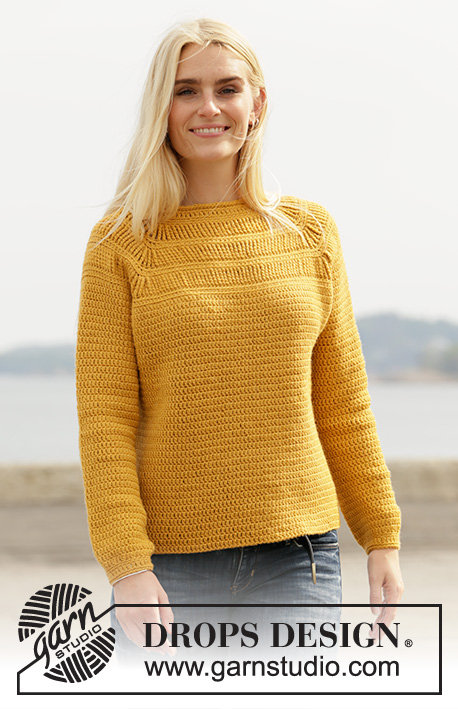 |
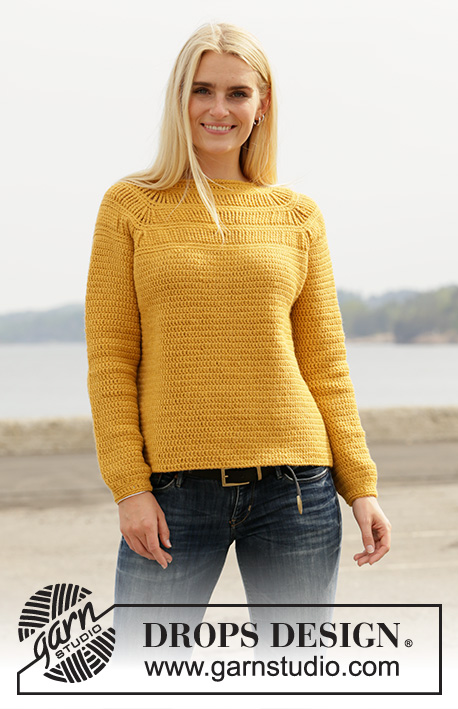 |
||||||||||||||||||||||||||||||||||||
Crocheted jumper with raglan in DROPS Lima. The piece is worked top down with stripes in texture with quintuple-treble crochets. Sizes S - XXXL.
DROPS 207-28 |
|||||||||||||||||||||||||||||||||||||
|
------------------------------------------------------- EXPLANATIONS FOR THE PATTERN: ------------------------------------------------------- CHAIN STITCH: If you work outermost on the hook the chain stitch will often be too tight; 1 chain stitch should be as long as 1 double crochet is wide. CROCHET INFORMATION: At the beginning of each row of double crochets, replace the first double crochet with 1 chain stitch; i.e. skip the first stitch on the previous round. The round ends with 1 slip stitch in the first chain stitch at the beginning of the round. At the beginning of each row of half-treble crochets, replace the first half-treble crochet with 2 chain stitches; i.e. skip the first stitch on the previous round. The round ends with 1 slip stitch in the 2nd chain stitch at the beginning of the round. At the beginning of each row of treble crochets, replace the first treble crochet with 3 chain stitches; i.e. skip the first stitch on the previous round. The round ends with 1 slip stitch in the 3rd chain stitch at the beginning of the round. INCREASE/DECREASE TIP (evenly spaced): To work out how to increase/decrease evenly, count the total number of stitches on needle (e.g. 70 stitches) and divide by the number of increases/decreases to be made (e.g. 10) = 7. In this example, increase by working 2 stitches in the same stitch each 7th stitch. When decreasing, work together each 6th and 7th stitch. PATTERN: See diagrams A.1 to A.4. A.1 and A.3 show how the rounds start and finish. Read CROCHET TIP. CROCHET TIP: If A.2a measures more than 4½ cm in height, replace the quintruple-treble crochets with quadruple-treble crochets; i.e. make 1 less yarn over. Start the round with 6 chain stitches instead of 7. If A.2a measures less than 4½ cm in height, replace the quintruple-treble crochets with sextuple-treble crochets; i.e. make 1 more yarn over. Start the round with 8 chain stitches instead of 7. RAGLAN: Increase to raglan in each transition between body and sleeves as described below. Increase 16 stitches on the round as follows: After the marker thread: Work 1 stitch in the first stitch after the marker thread, then 2 stitches in each of the next 2 stitches (= 2 stitches increased). Before the marker thread: Start 3 stitches before the marker thread, work 2 stitches in each of the first 2 stitches then 1 stitch in the stitch before the marker thread (= 2 stitches increased). Increase 8 stitches on the round as follows: After the marker thread: Work 1 stitch in the first stitch after the marker thread, then 2 stitches in the next stitch (= 1 stitch increased). Before the marker thread: Start 2 stitches before the marker thread, work 2 stitches in the first stitch then 1 stitch in the stitch before the marker thread (= 1 stitch increased). DECREASE TIP (for sleeves): Decrease 1 treble crochet on each side of the marker thread as follows: Work until there are 2 treble crochets left before the marker thread, work 2 TREBLE CROCHETS TOGETHER – read description below, 1 treble crochet in each of the next 2 treble crochets (the marker thread sits between these 2 stitches), work 2 treble crochets together. WORK 2 TREBLE CROCHETS TOGETHER: Work 1 treble crochet but wait with the last yarn over and pull-through, work 1 more treble crochet in the same way. Make 1 yarn over and pull through all the loops on the hook (= 1 treble crochet decreased). ------------------------------------------------------- START THE PIECE HERE: ------------------------------------------------------- JUMPER – SHORT OVERVIEW OF THE PIECE: The neck and yoke are worked in the round, top down. The yoke is divided for body and sleeves and the body continued in the round, top down. Sleeves are also worked in the round top down. NECK: Work 70-74-76-84-86-90 chain stitches – read CHAIN STITCH, with hook size 4.5 mm and Lima and form them into a ring with 1 slip stitch in the first chain stitch. Work 1 double crochet in each chain stitch – read CROCHET INFORMATION = 70-74-76-84-86-90 double crochets. Work 1 round of treble crochets in the back loop of each double crochet. Then work 1 round of double crochets in the back loop of each treble crochet at the same time as you increase 10-6-12-4-6-10 double crochets evenly spaced – read INCREASE/DECREASE TIP = 80-80-88-88-92-100 double crochets. Work 1 round of double crochets in the back loop of each double crochet = 80-80-88-88-92-100 double crochets – REMEMBER THE CROCHET TENSION! Insert 4 marker threads (without working the stitches) as follows: Insert 1 marker thread at the beginning of the round, the second after the next 28-28-32-32-34-38 stitches (= back piece), the third after the next 12 stitches (= sleeve), the fourth after the next 28-28-32-32-34-38 stitches (= front piece), which leaves 12 stitches back to the first marker thread (= sleeve). YOKE: Work in the round according to the diagrams – read PATTERN, as follows: Work A.1a (shows how the rounds start and finish), repeat A.2a to end of round – AT THE SAME TIME, on the first round, increase to RAGLAN in each transition between body and sleeves – read description above. Increase on each round as follows: Increase 16 stitches a total of 6-7-7-6-7-7 times, then increase 8 stitches a total of 6-7-8-13-13-15 times. When A.1a/A.2a have been worked a total of 3 times in height, work A.1b/A.2b, then continue with 1 treble crochet in each stitch (through both loops). After the last increase to raglan there are 224-248-264-288-308-332 treble crochets on the round and the piece measures approx. 18-20-22-25-27-28 cm from the neck. Continue working until the piece measures 21-23-25-27-29-31 cm from the neck. The next round is worked as follows: Work 67-73-78-85-92-101 treble crochets (= back piece), 6-6-8-8-10-10 loose chain stitches (= in side under sleeve), skip 42-48-52-56-58-60 treble crochets (= sleeve), work 70-76-80-88-96-106 treble crochets (= front piece), 6-6-8-8-10-10 loose chain stitches (= in side under sleeve), skip 42-48-52-56-58-60 treble crochets (= sleeve) and work the remaining 3-3-2-3-4-5 treble crochets (= back piece). Then finish body and sleeves separately. Cut the strand. THE PIECE IS NOW MEASURED FROM HERE! BODY: Start by working the 4th-4th-5th-5th-6th-6th chain stitch of the 6-6-8-8-10-10 chain stitches under the sleeve as follows: 1 slip stitch, 3 chain stitches (= 1 treble crochet), 1 treble crochet in each of the next 2-2-3-3-4-4 chain stitches, 1 treble crochet in each treble crochet, 1 treble crochet in each of the 6-6-8-8-10-10 chain stitches under the sleeve, 1 treble crochet in each treble crochet and finally 1 treble crochet in each of the last 3-3-4-4-5-5 chain stitches under the sleeve = 152-164-176-192-212-232 treble crochets. Continue with treble crochets in the round until the piece measures 30 cm from the division. Cut and fasten the strand. The jumper measures approx. 54-56-58-60-62-64 cm from the shoulder down. SLEEVE: Start working in the 4th-4th-5th-5th-6th-6th chain stitch of the 6-6-8-8-10-10 chain stitches under the sleeve as follows: 1 slip stitch, 3 chain stitches (= 1 treble crochet), 1 treble crochet in each of the next 2-2-3-3-4-4 chain stitches, 1 treble crochet in each treble crochet and finish with 1 treble crochet in each of the last 3-3-4-4-5-5 chain stitches under the sleeve = 48-54-60-64-68-70 treble crochets. Insert 1 marker thread at the beginning of the round and continue in the round with treble crochets. When you have worked 2 rounds from the division, decrease 2 treble crochets mid under sleeve – read DECREASE TIP-1. Decrease like this every 3-2-1-1-1-1 rows a total of 4-6-8-10-11-11 times = 40-42-44-44-46-48 treble crochets. Continue until the piece measures 41-39-38-36-34-33 cm from the division (shorter measurements in the larger sizes due to wider neck and longer yoke). Work 1 round where you decrease 12-14-12-12-12-12 treble crochets evenly spaced (by working 2 treble crochets together) = 28-28-32-32-34-36 treble crochets. Continue in the round according to the diagrams as follows: Work A.3 (shows how the rounds start and finish), repeat A.4 to end of round. Continue until A.3/A.4 have been completed, cut and fasten the strand. Work the other sleeve in the same way. NECK: Start mid back and fasten the strand with 1 slip stitch in a double crochet, 1 chain stitch (= 1 double crochet), then working 1 double crochet in each treble crochet to end of round = 70-74-76-84-86-90 double crochets. Cut and fasten the strand. |
|||||||||||||||||||||||||||||||||||||
Diagram explanations |
|||||||||||||||||||||||||||||||||||||
|
|||||||||||||||||||||||||||||||||||||
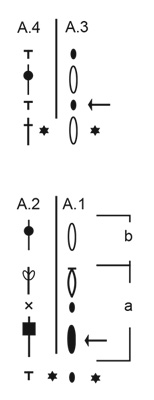
|
|||||||||||||||||||||||||||||||||||||
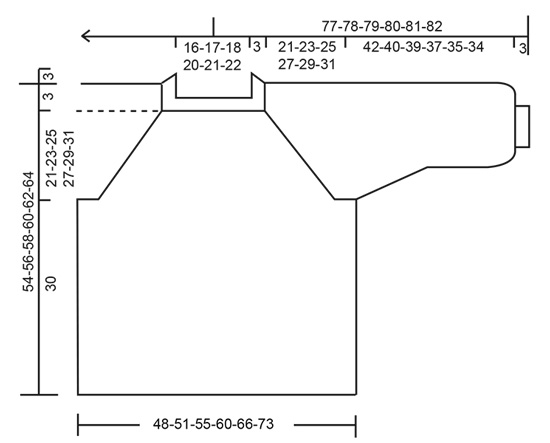
|
|||||||||||||||||||||||||||||||||||||
Have you finished this pattern?Tag your pictures with #dropspattern #sunnytrailssweater or submit them to the #dropsfan gallery. Do you need help with this pattern?You'll find 15 tutorial videos, a Comments/Questions area and more by visiting the pattern on garnstudio.com. © 1982-2025 DROPS Design A/S. We reserve all rights. This document, including all its sub-sections, has copyrights. Read more about what you can do with our patterns at the bottom of each pattern on our site. |
|||||||||||||||||||||||||||||||||||||

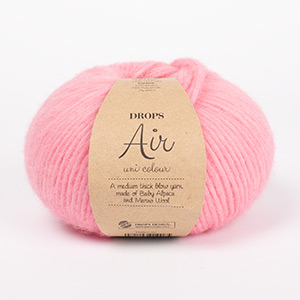





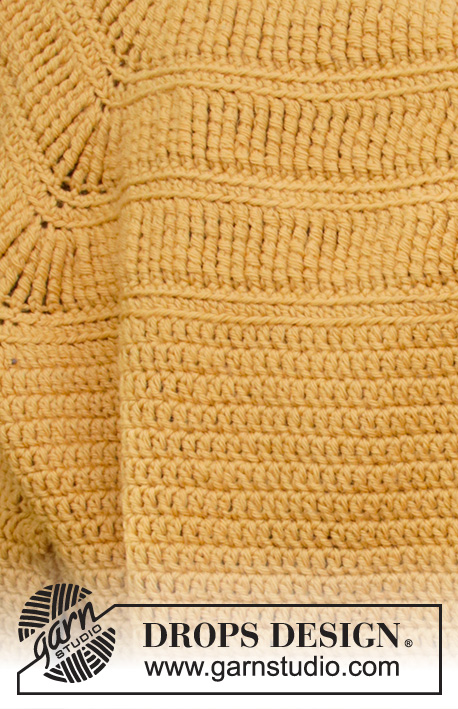
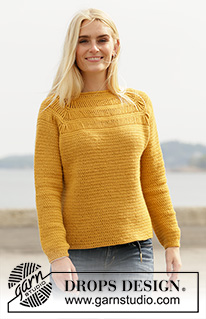
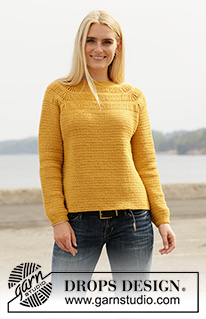



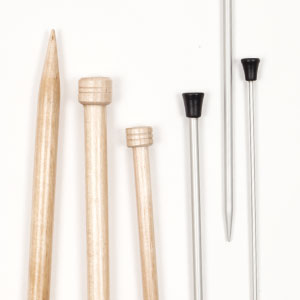
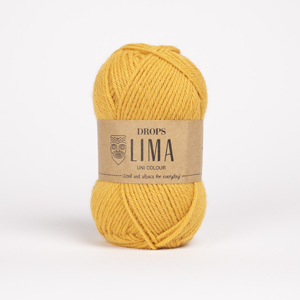
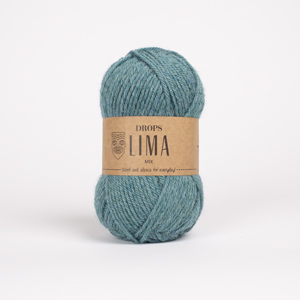
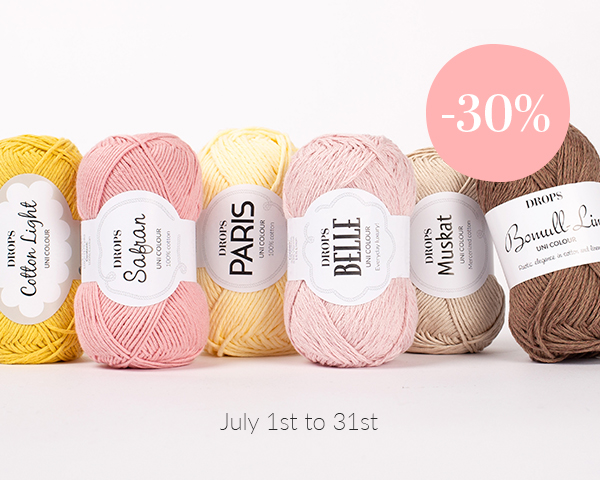
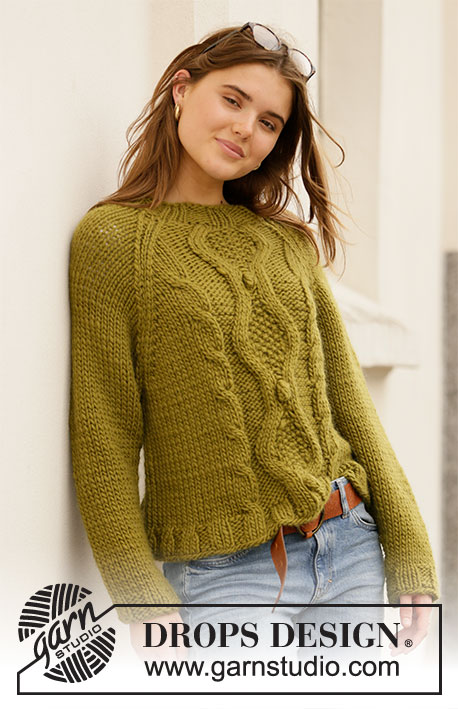
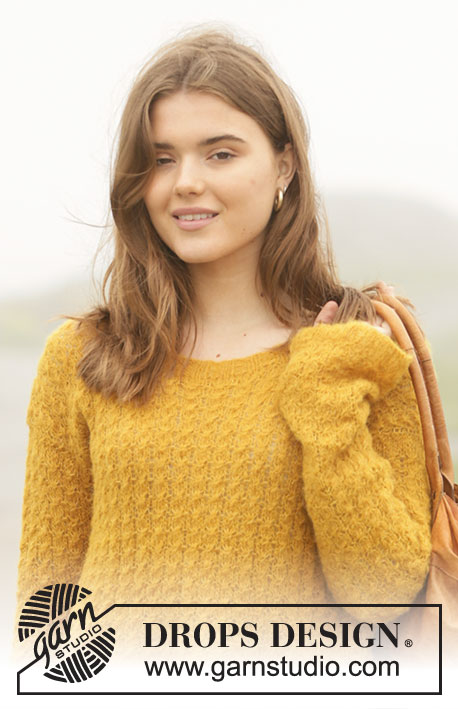




























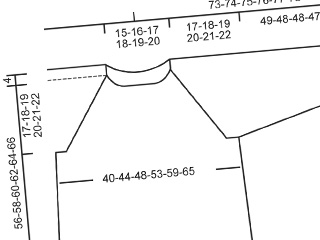
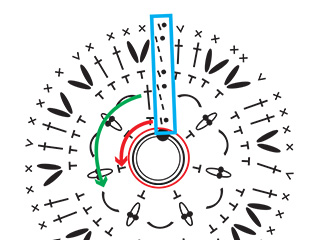
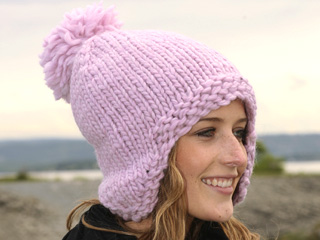
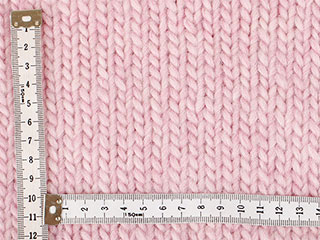
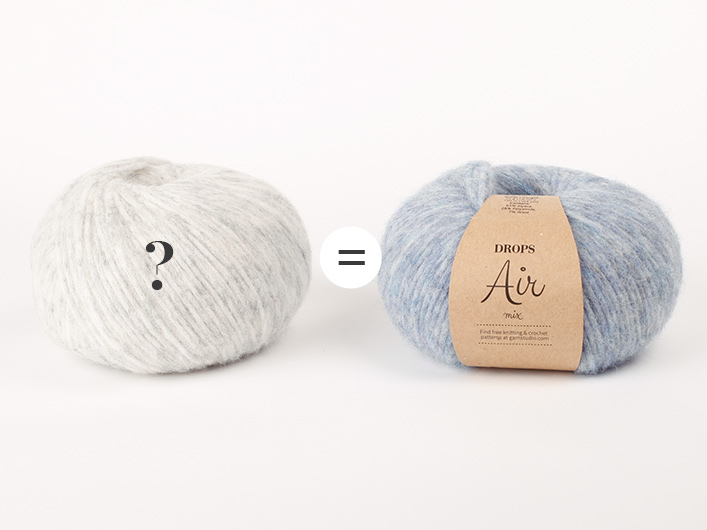
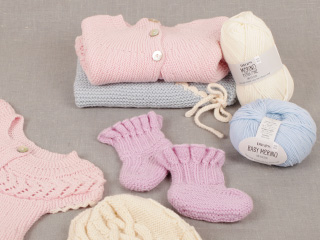
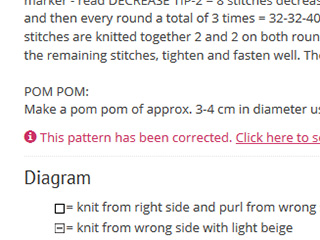
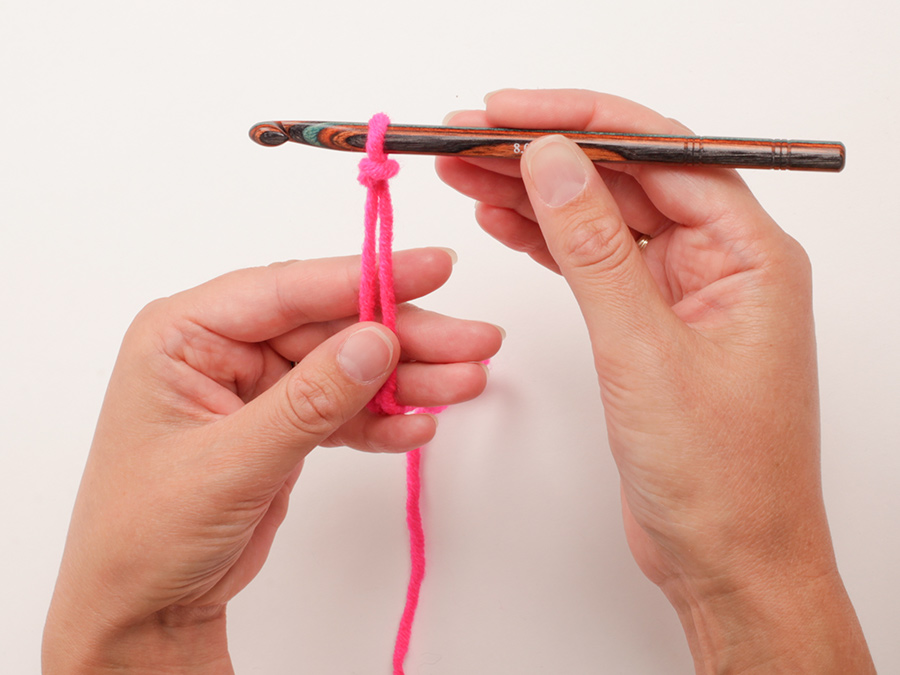
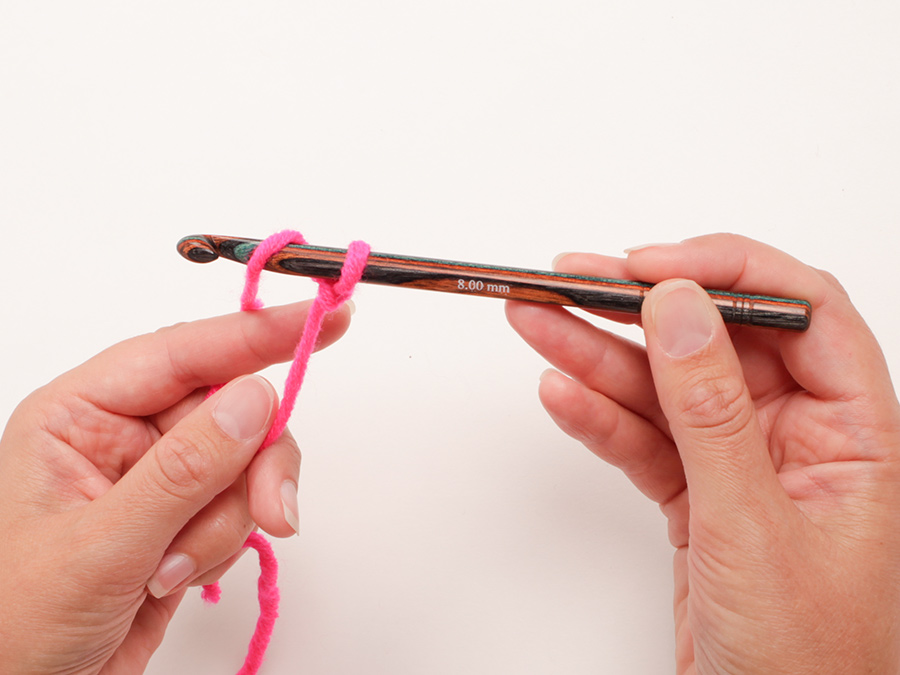
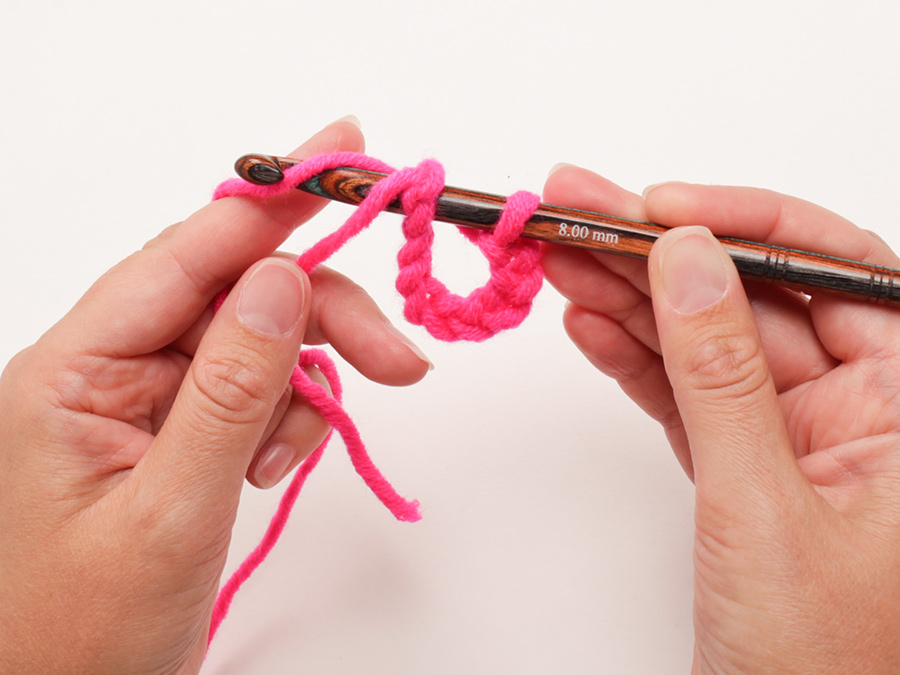
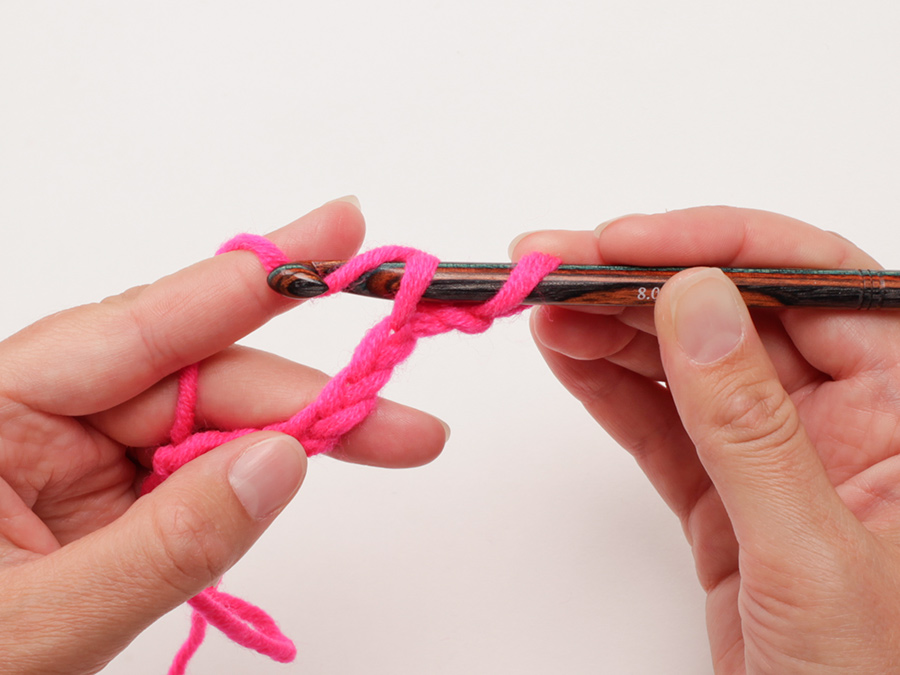
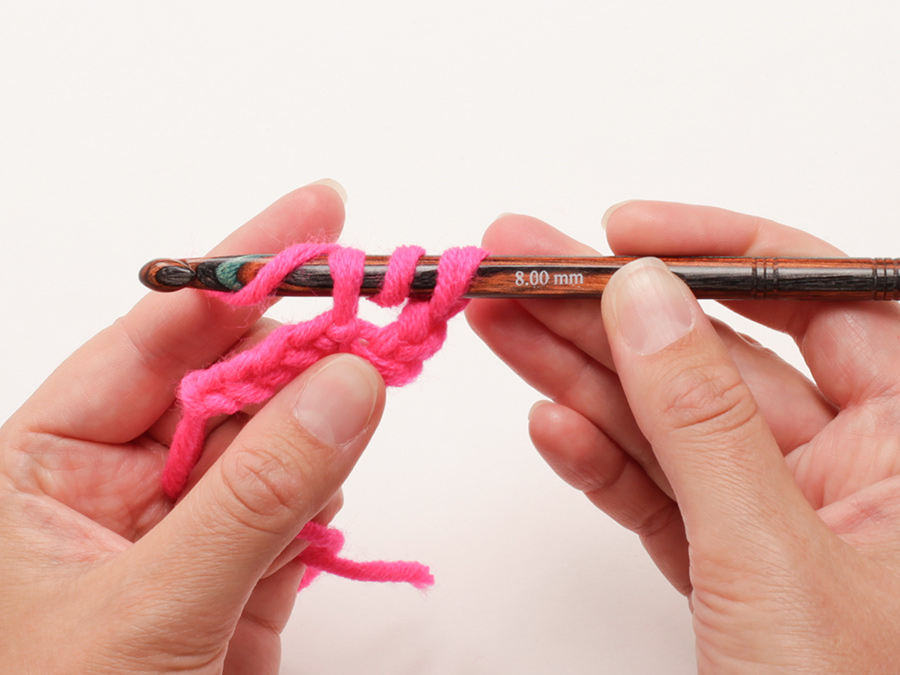
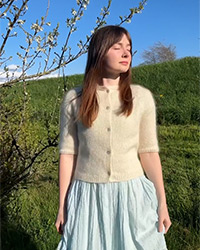
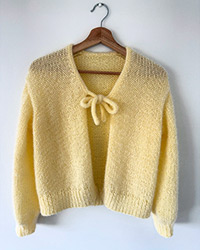
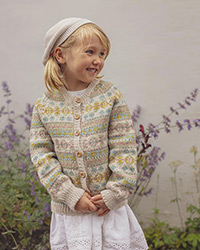
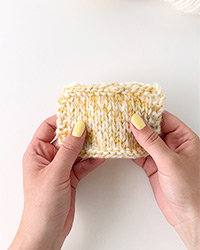
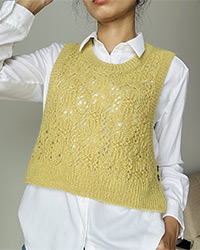

Post a comment to pattern DROPS 207-28
We would love to hear what you have to say about this pattern!
If you want to leave a question, please make sure you select the correct category in the form below, to speed up the answering process. Required fields are marked *.